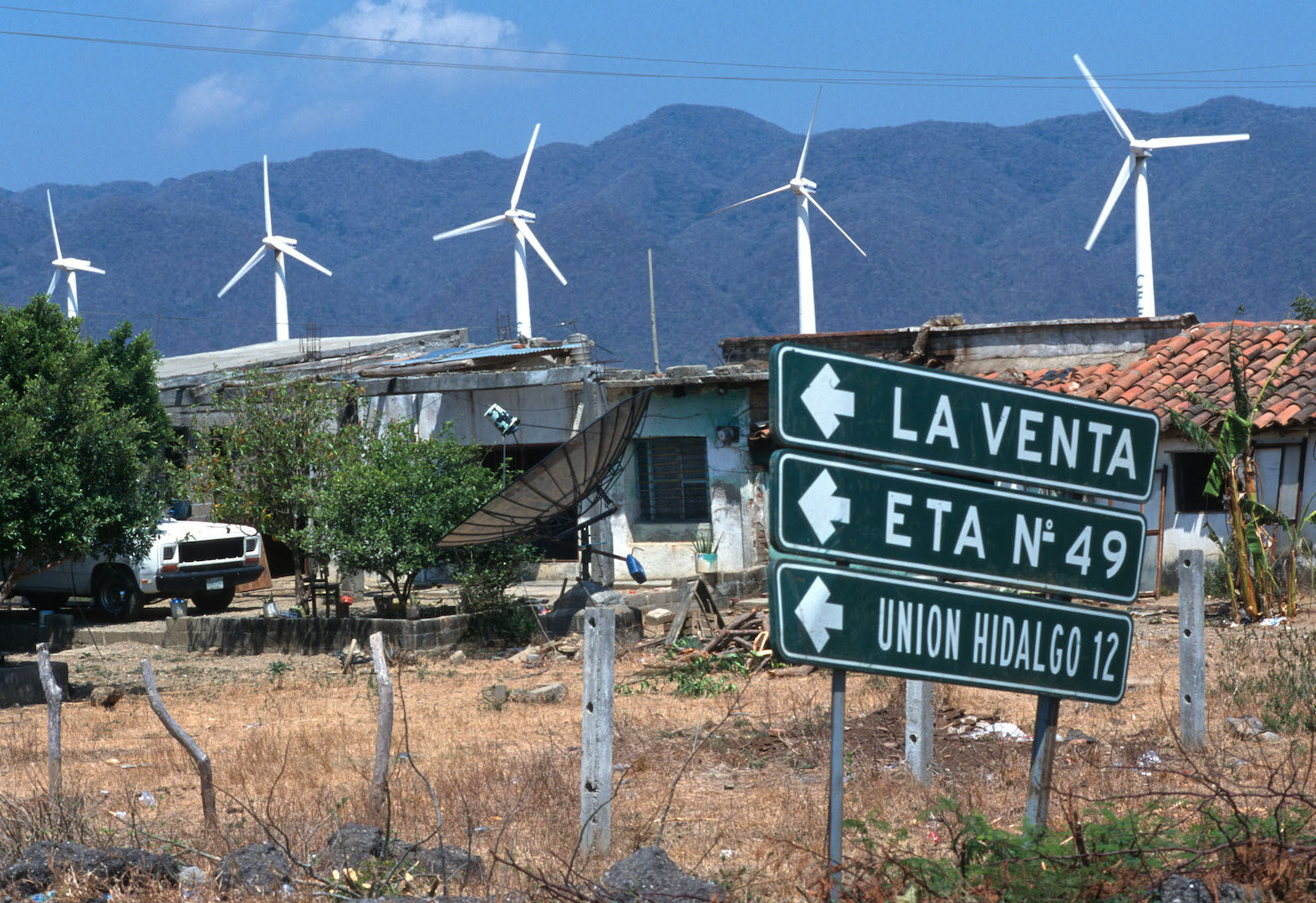Report on Mexico’s Participation in the 9th International OPEC Seminar
Executive Summary
- Mexico’s Minister of Energy, Luz Elena González, represented the nation at the 9th International OPEC Seminar, articulating a national energy policy centered on human development and international cooperation.
- The address emphasized a commitment to a just energy transition that aligns with several key United Nations Sustainable Development Goals (SDGs), including those related to energy access, social equity, and global partnerships.
- Mexico’s strategy involves the sustainable use of hydrocarbons while advancing an inclusive transition that prioritizes national development and energy justice.
Advancing SDG 7: Affordable and Clean Energy
- The Minister underscored the necessity of a “just, sustainable, and affordable” energy transition, directly supporting the objectives of SDG 7.
- A central theme was the call to expand investment frontiers to guarantee universal access to modern energy, a core target of SDG 7.
- The policy framework treats energy not as a commodity but as a strategic resource for development, essential for achieving sustainable energy for all.
Promoting Social Equity: A Focus on SDG 5 and SDG 10
- Reduced Inequalities (SDG 10): The Minister stressed that the energy transition must prioritize social justice and inclusion, ensuring that marginalized populations are primary beneficiaries.
- Gender Equality (SDG 5): A specific commitment was made to ensure women benefit from modern energy access, empowering them and advancing gender equality within communities.
- Inclusion of Indigenous Peoples: The policy explicitly includes Indigenous communities as key stakeholders who must benefit from the energy transition, further contributing to the goals of SDG 10.
Fostering Partnerships and Economic Growth: SDG 17 and SDG 8
- Partnerships for the Goals (SDG 17): Minister González engaged in high-level discussions with figures including Saudi Arabia’s Minister of Energy and the OPEC Secretary General. These meetings aimed to forge strategic alliances, enhance technical cooperation, and reaffirm Mexico’s commitment to the OPEC+ framework.
- Decent Work and Economic Growth (SDG 8): Mexico’s position was clear that energy must be a driver of inclusive and sustainable economic growth. The dual focus on energy sovereignty and international partnerships is designed to leverage energy as a tool for national development and social equity.
Analysis of Sustainable Development Goals (SDGs) in the Article
1. Which SDGs are addressed or connected to the issues highlighted in the article?
-
SDG 7: Affordable and Clean Energy
- The article’s central theme is Mexico’s commitment to a “people-centered energy transition” that is “just, sustainable, and affordable.” It explicitly mentions prioritizing “access” to “modern energy” for all people, which is the core mission of SDG 7.
-
SDG 10: Reduced Inequalities
- The text emphasizes “social justice, and inclusion,” with a specific focus on ensuring that “women and Indigenous communities, benefit from modern energy access.” This directly addresses the goal of reducing inequalities by empowering marginalized groups.
-
SDG 5: Gender Equality
- By specifically calling out the need for women to benefit from modern energy access, the article connects to SDG 5. Access to energy is a key enabler for women’s empowerment, economic opportunities, and participation in public life.
-
SDG 17: Partnerships for the Goals
- The article details Mexico’s engagement in “international cooperation,” “strategic alliances,” and discussions with international bodies like OPEC. This reflects the essence of SDG 17, which focuses on building global partnerships to achieve sustainable development.
-
SDG 8: Decent Work and Economic Growth
- The statement that “Energy is not just another commodity; it is a strategic resource for regional and national development” and that it must “drive inclusive growth” links the energy transition to broader economic development goals, which is a key aspect of SDG 8.
2. What specific targets under those SDGs can be identified based on the article’s content?
-
SDG 7: Affordable and Clean Energy
- Target 7.1: “By 2030, ensure universal access to affordable, reliable and modern energy services.” This is directly supported by the call to “ensure all people… benefit from modern energy access.”
- Target 7.a: “By 2030, enhance international cooperation to facilitate access to clean energy research and technology… and promote investment in energy infrastructure and clean energy technology.” This is reflected in the panel discussion on “Mobilizing Finance to Boost Investments in Energy” and the pursuit of international partnerships.
-
SDG 10: Reduced Inequalities
- Target 10.2: “By 2030, empower and promote the social, economic and political inclusion of all, irrespective of age, sex, disability, race, ethnicity, origin, religion or economic or other status.” The article’s focus on “social justice, and inclusion” for “women and Indigenous communities” in the context of energy access directly aligns with this target.
-
SDG 17: Partnerships for the Goals
- Target 17.3: “Mobilize additional financial resources for developing countries from multiple sources.” This is addressed in the discussion on “Mobilizing Finance to Boost Investments in Energy.”
- Target 17.6: “Enhance North-South, South-South and triangular regional and international cooperation on and access to science, technology and innovation.” This is demonstrated by the meetings with Saudi Arabia’s Minister of Energy and the OPEC Secretary General to explore “strategic alliances and technical cooperation.”
3. Are there any indicators mentioned or implied in the article that can be used to measure progress towards the identified targets?
-
For Target 7.1 (Universal energy access):
- Implied Indicator: The proportion of the population with access to modern energy. The article implies a need to disaggregate this data to measure access specifically for “women and Indigenous communities.”
-
For Target 7.a (International cooperation and investment):
- Implied Indicator: The amount of international financial flows mobilized for investments in energy. The panel title “Mobilizing Finance to Boost Investments in Energy” directly implies this metric.
-
For Target 10.2 (Inclusion of all):
- Implied Indicator: The proportion of women and Indigenous people who have access to and benefit from modern energy services, as a measure of their inclusion in the energy transition.
-
For Target 17.3 & 17.6 (Partnerships and finance):
- Implied Indicator: The number of “strategic alliances” and “technical cooperation” agreements established. Another indicator is the total official development assistance and other financial flows mobilized for energy infrastructure and development.
4. Summary Table of SDGs, Targets, and Indicators
| SDGs | Targets | Indicators (Implied from the article) |
|---|---|---|
| SDG 7: Affordable and Clean Energy | 7.1: Ensure universal access to affordable, reliable and modern energy services.
7.a: Enhance international cooperation and promote investment in energy infrastructure and clean energy technology. |
Proportion of the population with access to modern energy.
Amount of international financial flows mobilized for energy investments. |
| SDG 10: Reduced Inequalities | 10.2: Empower and promote the social, economic and political inclusion of all. | Proportion of women and Indigenous communities benefiting from modern energy access. |
| SDG 5: Gender Equality | 5.5: Ensure women’s full and effective participation and equal opportunities for leadership. (Enabled by energy access). | Measurement of women’s access to modern energy as an enabler of economic and social inclusion. |
| SDG 17: Partnerships for the Goals | 17.3: Mobilize additional financial resources for developing countries.
17.6: Enhance international cooperation on science, technology and innovation. |
Volume of financial resources mobilized through international partnerships.
Number of strategic alliances and technical cooperation agreements formed. |
| SDG 8: Decent Work and Economic Growth | 8.1: Sustain per capita economic growth in accordance with national circumstances. | Contribution of the energy sector to inclusive national and regional development. |
Source: mexicobusiness.news







